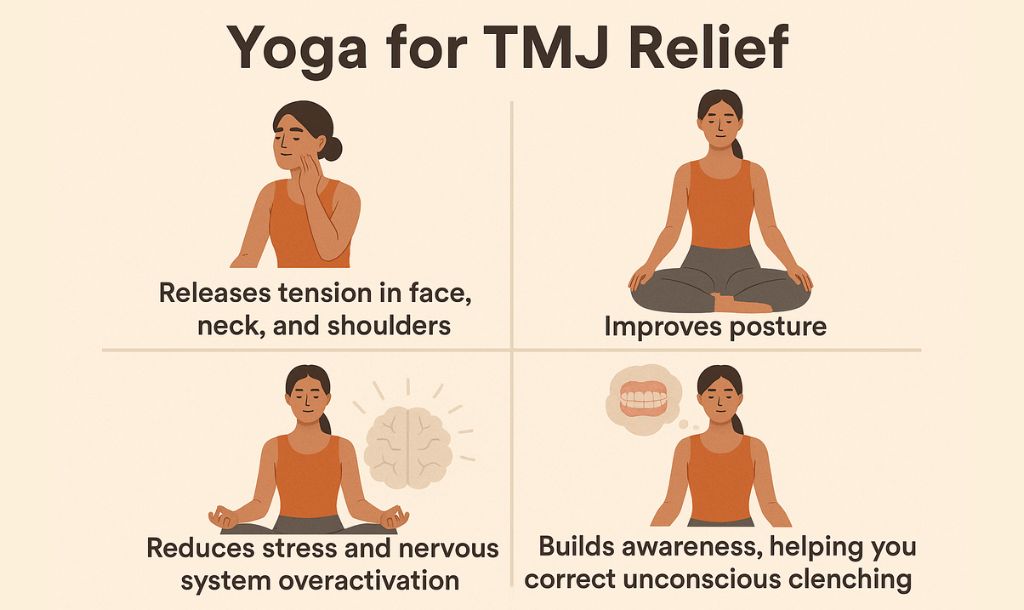What is Janu Sirsasana (Head-to-Knee Pose)?

Janu Sirsasana, also known as Head-to-Knee Pose, is a seated forward bend and beginner-friendly yoga pose. This pose us a very close variation of Paschimottanasana or Seated Forward Bend, but the alignment is slightly different.
In the head-to-knee pose, the main objective is to fold forward your upper body over your single extended leg on the ground, while your other leg is bent with the sole touching the inner thigh of your extended leg.
While holding the Janu Sirsasana for a prolonged duration, you will feel your hamstrings burning, spine lengthening, and glutes opening.
Overview & Etymology
Janu Sirsasana is a collection of a few Sanskrit words. Here 'Janu' means knee, 'Sirsa' means head, and 'Asana' means pose or posture.
No ancient Hatha yoga text has elaborated on the actual practice of the head-to-knee pose, which means it's a modern-day yoga pose. However, a similar pose named 'Maha Mudra' can be found in ancient Hatha yoga texts.
Officially, this pose was first introduced in the twentieth century in the 1934 hatha yoga book Yoga Makaranda by yoga teacher and healer Krishnamacharya.
Later, Krishnamacharya's students, B.K.S. Iyengar and Pattabhi Jois spread their Guru's teachings worldwide by incorporating this pose into their books and teaching philosophy.
Sanskrit Name: जानु शीर्षासन Pronunciation: JAH-nu-seer-SHAS-ah-nah
Pose Type: Seated, Forward Bending Also known as: Head-to-Knee Pose
Strengthens: Lower Back, Abdomen, Shoulders, and Hamstrings
Stretches: Lower back, Spine, Shoulders, Groin, Glutes, and Hamstrings
Health Benefits of Janu Sirsasana
Relaxes the lower body and back.
Stretches the hamstrings and spine.
Improves digestion and respiratory function.
Enhances blood circulation around the pelvis.
Lengthens and strengthens the spine and back.
Has therapeutic effects on lower back pain, stress, depression, and fatigue.
Stimulates the Liver, Spleen, Pancreas, Kidneys, and groin.
Activates the Manipura Chakra, Swadisthana Chakra, and Muladhara Chakra
When to Avoid Performing Janu Sirsasana
Avoid during pregnancy.
Avoid if you have a hernia.
Avoid if you have asthma.
Avoid if you have spondylitis.
Avoid if you have a slipped disc.
Avoid if you have had a recent injury or surgery.
How to do Janu Sirsasana (Head-to-Knee Pose)
We’ve divided the whole practice into different parts: warm-up, posture steps, alignment cues, relax pose, modification, and variation. This will help you get detailed insight about the pose and ensure that your practice is easy and stress-free.
Part 1 - Preparatory Poses for Janu Sirsasana
It’s important to lengthen your spine, open your glutes and loosen your upper body to practice head-to-knee pose. Here are a few ways to prepare these muscles groups:
1. Surya Namaskar (Sun Salutation) - If your body feels super tight and tense, it's wise to loosen up. Sun Salutation flow is the perfect way to activate your entire body.
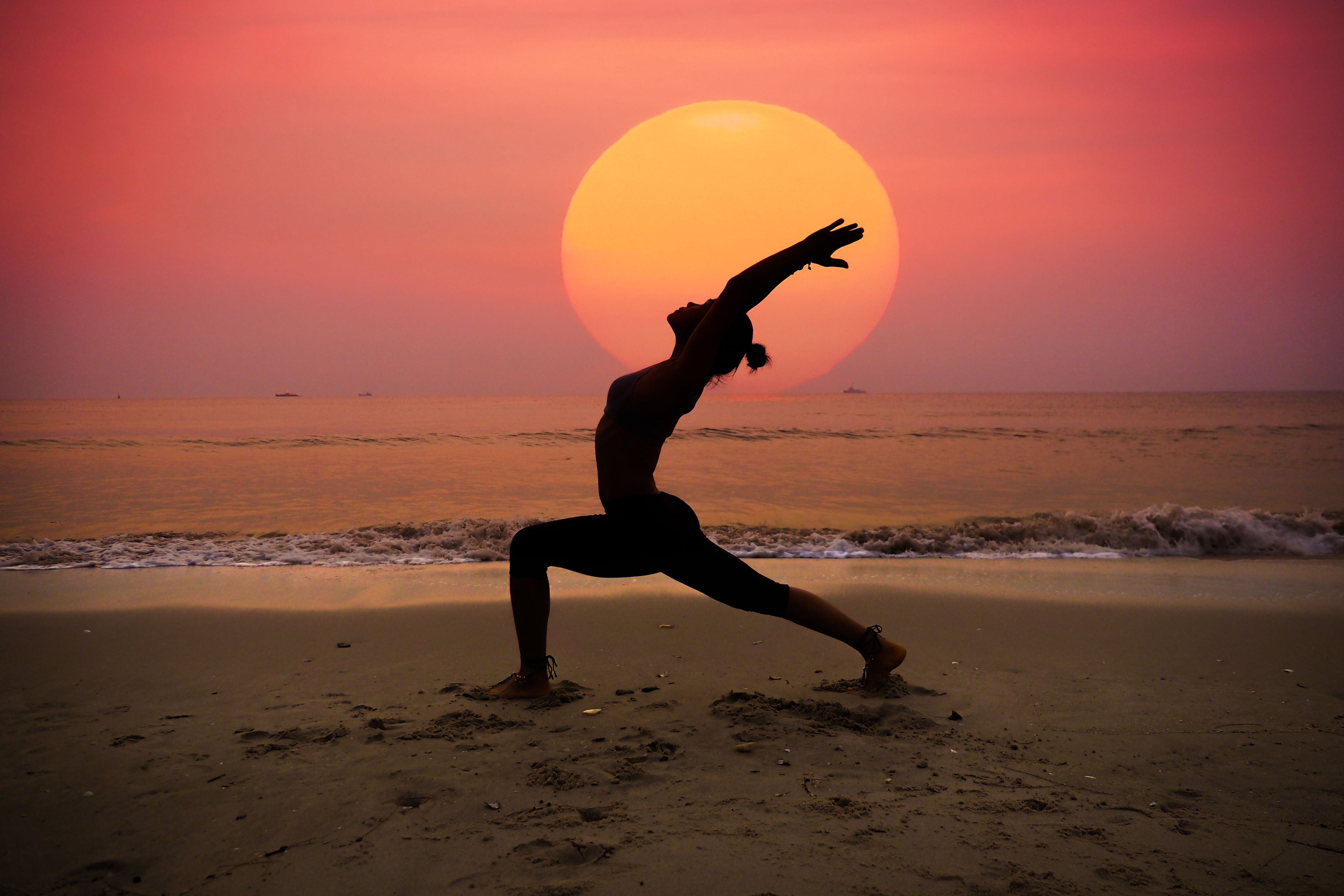
Surya namaskar is an Ashtanga yoga warm-up flow sequence with 12 different poses to perform in one round on each side. Beginners can perform 10 to 12 cycles of Surya Namaskar flow, which will help them open up their body systematically.
2. Baddha Konasana (Bound Angle Pose) - After Surya Namaskar, sit on the mat and bend your legs to make a namaste formation with your legs. Keep your back muscles straight, and knees close to the ground.
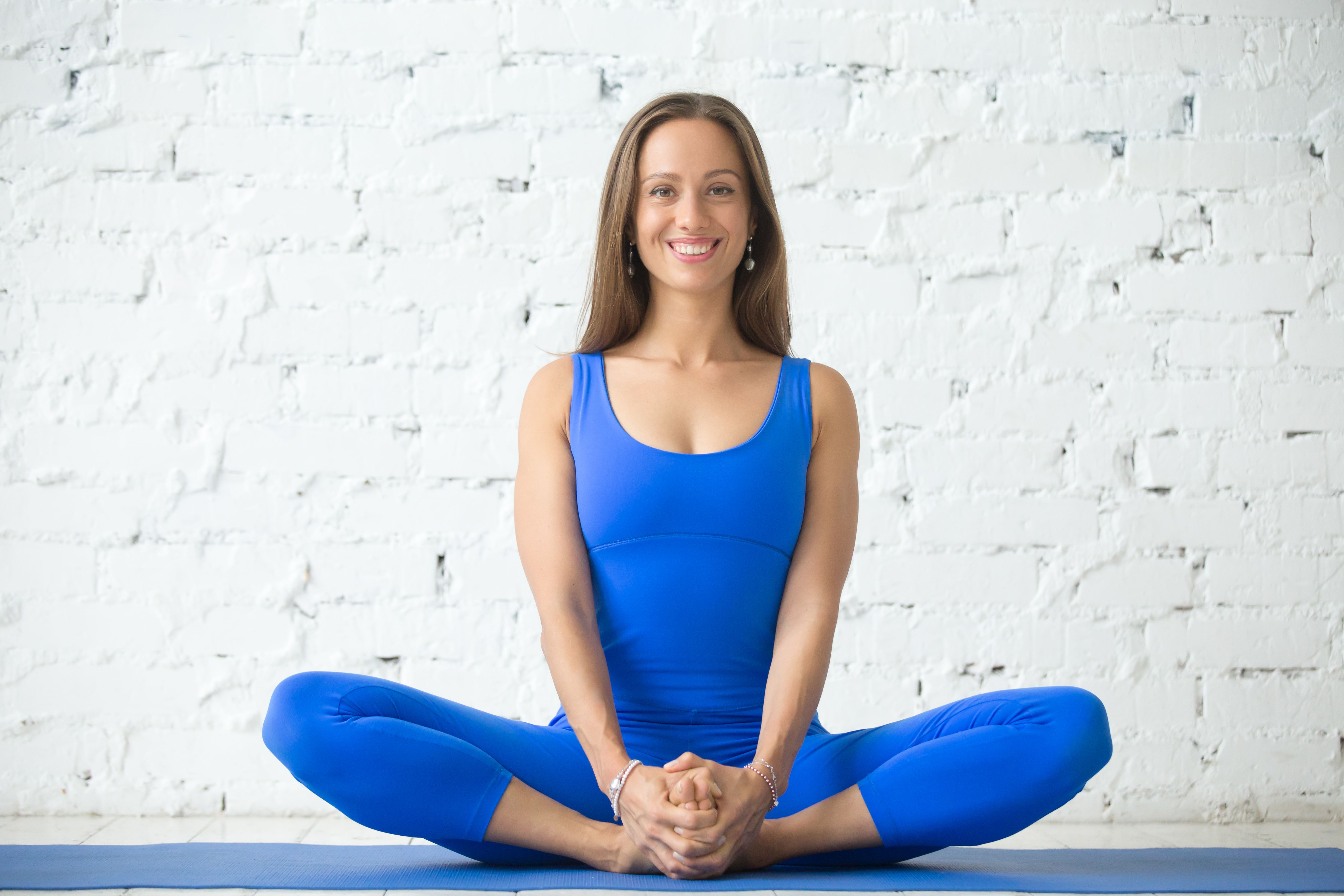
Hold both feet with your hands and make sure your eyes are closed. Hold this position for 1 to 5 minutes. You can also move your upper body side to side to enhance lower back mobility, or try flapping your legs on each side to increase blood circulation in your pelvis.
3. Paschimottanasana (Seated Forward Bend) - After warming up with Bound Angle Pose, straighten your legs in front of you and sit in Staff pose. Keep your upper body straight, inhale slowly and deeply as you raise your arms overhead.

Now, bend forward from your torso onto both legs. Engage your core, start to exhale, and one by one, rest your chest, back, arms, and head on your legs. Hold the pose for a few minutes and feel your spine, glutes, and hamstrings gently burning.
Part 2: Step-by-Step Instructions to Perform Janu Sirsasana
The following are steps to practice the head-to-knee pose:
Step 1- Start by sitting in the center of the mat in Dandasana or Staff Pose.
Step 2- Next, bend your left knee and tuck the sole of your foot in the inner thigh of your extended right leg. Keep your bent knee close to the ground.
Step 3- Straighten your spine and inhale deeply as you bring your arms over your head. Here, lengthen your spine and engage your shoulders and core together.
Step 4- Next, slightly shift your body weight onto your right extended leg, and start to exhale slowly as you descend forward.
Step 5- Bend your upper body onto your leg completely. Ensure that your arms extend forward and your chest is above your thigh as you bend your leg.
Step 6- Hold your right leg's foot with both palms and rest your head on your knee. Hold the pose here for a few deep breaths.
Step 7- Release the pose by inhaling and lifting your chest and arms back up. Finally, straighten both legs into Staff pose, relax for a few seconds, and repeat on the other side.
Breath Awareness:
Inhale: While your arms are overhead and spine is lengthening upright.
Exhale: While bending to reach for your extended foot forward and placing your head on your knee.
Performance Duration for Beginners: Hold Janu Sirsasana for 1 minute on each side.
Performance Duration for Advanced: Hold for as long as you feel comfortable on each side.
Part 3: Things to Keep in Mind
Below are some essential alignment cues for beginners to keep in mind before starting their head-to-knee pose practice:
Keep your back straight: Collapsing your back while bending forward may cause serious spine or neck injuries. It’s important to be mindful of your sitting posture. Keep your back straight throughout the practice, to keep your spinal column safe.
Do not lock your knees: Locking your knees means that you are over-straightening your legs, which may cause knee joints to start hurting or deteriorating. You can avoid locking your joints by making sure your legs maintain a slight bend around your joints while extending forward.
Do not overstretch: Overstretching of the spine, back, hamstrings, or glutes can cause muscle tears. So, be mindful of your body's stretching capabilities. If you feel any specific area starts to hurt or feel weird, make a conscious decision to immediately step out of the pose.
Part 4: Relaxing Poses After Janu Sirsasana
The following are a few yoga poses that will relax your body after practicing head-to-knee pose:
1. Dandasana (Staff Pose): After head-to-knee pose practice, get into Staff pose by extending both your legs straight forward. Keep your spine upright and sit in this pose for a few minutes.

As you feel your hamstrings and core muscles relax, you can also close your eyes to soothe your mind.
2. Purvottanasana (Upward Plank Pose): To restore the natural curve of your spine, continue to the Upward Plank pose. In staff position, place your palms at the sides of your hips and press down on the mat with your fingers.
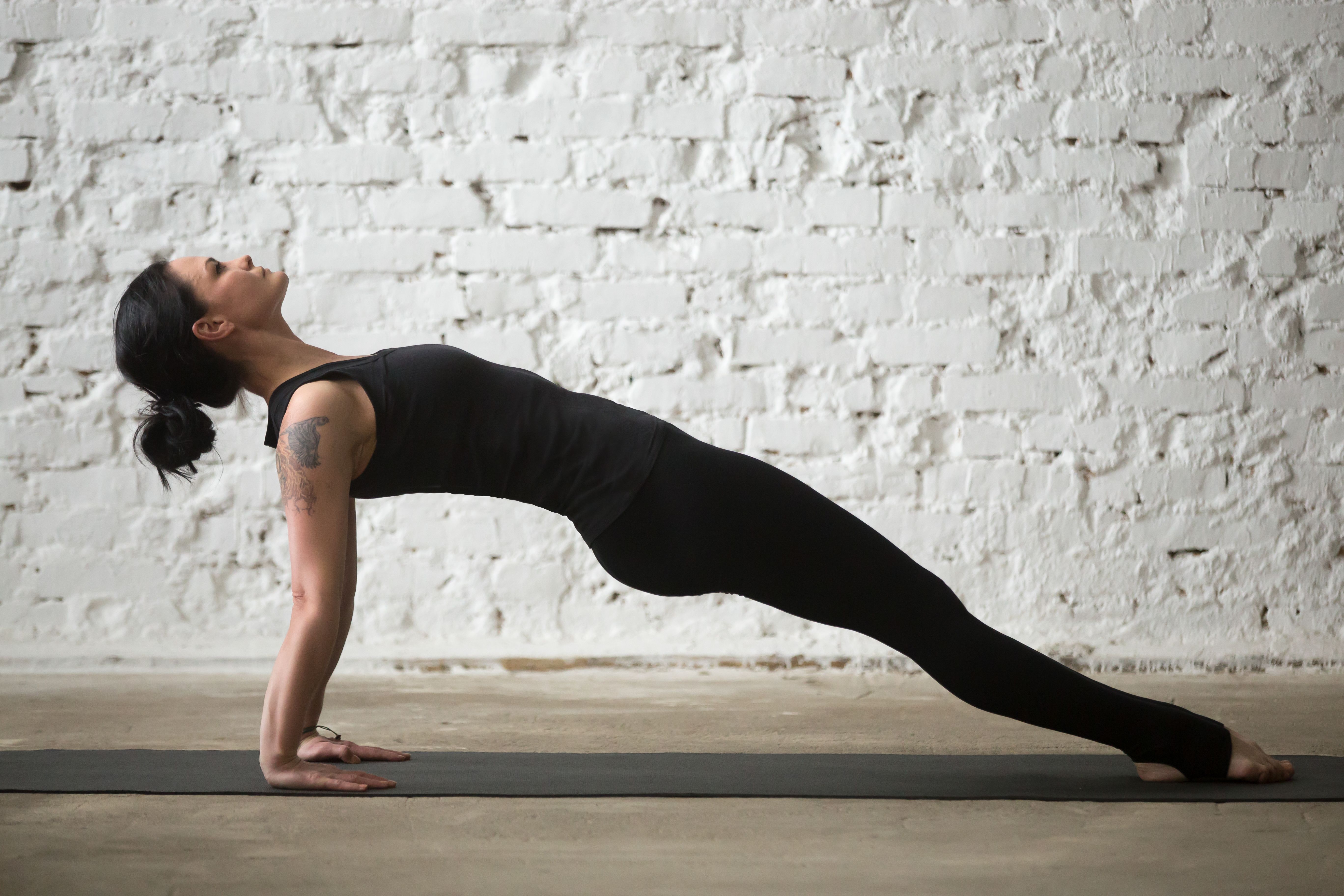
Inhale and engage your shoulders, core, and toes. Press into the ground and lift your core off the yoga mat. Hold your body like an inclined plank, keeping your neck, back, core, and toes in one straight line.
Janu Sirsasana Variations to Consider
As per your physical flexibility and range of motion, you can try the following posture variations of the head-to-knee pose. Here are a few:
1. Janu Sirsasana B: For this variation, keep your bent leg’s foot underneath your extended leg so that the heel is below the pelvic floor.

Now, start to bend your upper body forward onto your extended leg and hold the pose here for a few minutes. This variation will increase stimulation in your root chakra, which further enhances balance in the whole body.
2. Janu Sirsasana C: Many beginners will find this variation challenging, so it's only recommended for intermediate or advanced yogis with a great range of motion in their feet.

Curl your toes into your bent leg, tucking them nicely in the ground, and touch the sole of this foot to the inner thigh of your extended leg. Now, start to bend forward, touch your head to your knee, and hold the pose here for a minute.
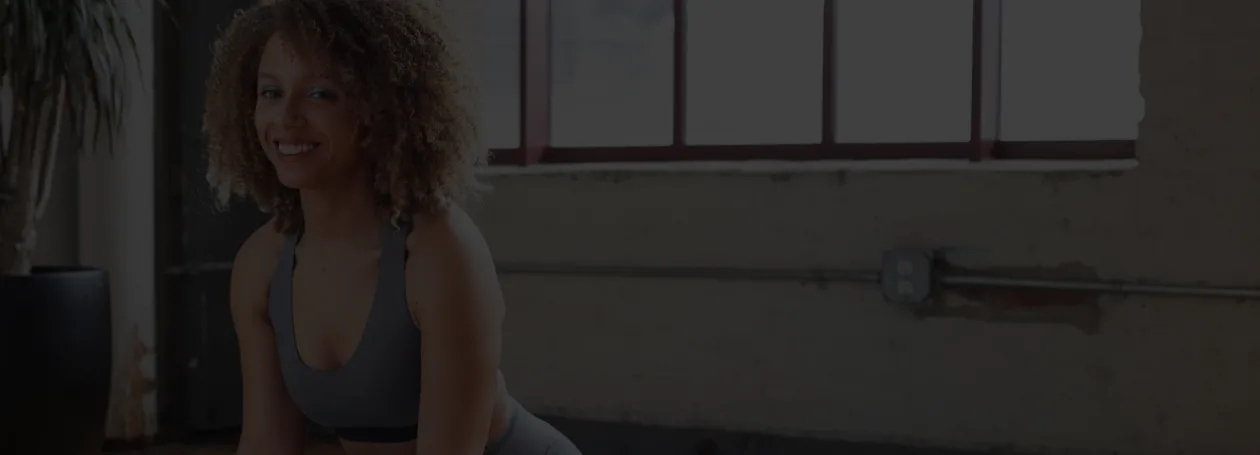
Enjoy a Free 1-on-1 Session with a Coach!
Receive personalized guidance tailored to your unique fitness goals, live with a dedicated coach—no credit card required.
Frequently Asked Questions about Janu Sirsasana
Yes, beginners can perform Janu Sirasana, and it can help increase their hamstring and lower back flexibility. This is an excellent seated forward bending stretch to lengthen the spine and strengthen both legs.
Janu Sirsasana A, B, and C are some basic variations with very mild leg alignment differences. Once you feel quite more flexible in your legs, you can also try Parivrtta Janu Sirsasana or Parivrtta Upavistha Konasana for an added oblique stretch.
If you're suffering from spondylitis, hernia, or slipped disc, you should avoid practicing Janu Sirsansana. Pregnant women in their second trimester and onwards should not perform Janu Sirsasana, due to increased pressure on the knees, core, and lower back.
Dandasana (Staff Pose) and Purvottanasana (Upward Plank Pose) are a few counter-stretching yoga asanas that can be performed after Janu Sirasana. These will help you bring your spine back to its natural shape and relax your hamstrings.
Janu Sirasana has many health benefits, including some of the following:
- Toned hamstrings
- Strong and toned core
- Relief from back pain
- Lengthened hamstrings and spine
- Improved functioning of digestive organs
- Improved functioning of reproductive organs



.webp)
%20(7).jpg)
